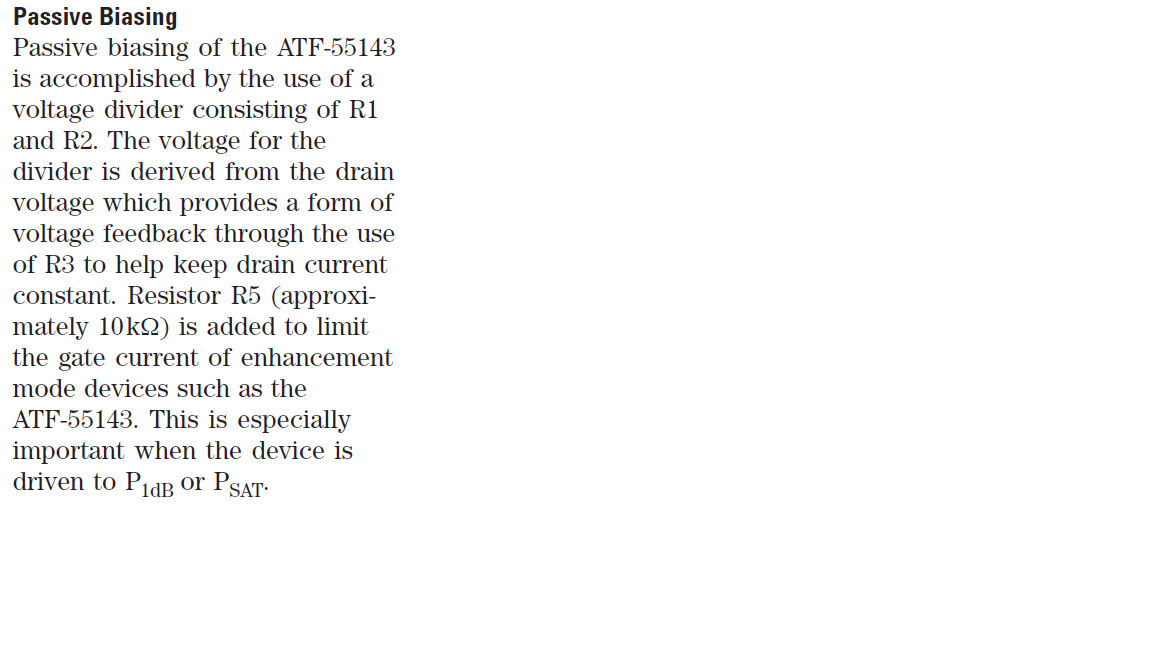How to bias a pHEMT (CS) for LNA application?
VDS (max) is 5V..
What else you would expect ? The resistance has been used for-perhaps-stability or Current Limiting purposes..
Do you mean R1? And how does that resistor relate to class A biasing?
R1,R2,R3 are biasing resistors.R3 limits the Drain Current with R1 and R2.
Didn't you read the Datasheet ?

Yea I understand that, but why do they pick Vdd=3V? Why not 5V, since then Vds=2.7V would be about half of 5V? Also they put bias point at Iq=10mA, which also isnt even half of the max current.
Voltage: 5V is the absolute max rating. The device seems targeted at mobile devices, which typically have 3.7V LiIon batteries.
Current: Why would you bias to absolute max current rating?
I said I would bias Id at 1/2 of max current and bias Vds at 1/2 of max voltage. This way my q point will be in the middle of the IV characteristic curve, which will achieve class A operation, right?
Iq:Quiescent Current
So, Peak-to-Peak swing will be 20mA that is under the limit of the transistor.
This OP has been selected because it's a Low Noise Amplifier so the Best Noise Figure has been obtained on that Operating Point.
Read carefully the datasheet..You cannot select the Op as you wish, there are many constraint.
- CST script - command do not get registered in the history
- CST accuracy control beyond the mesh density
- CST SAR problem at 90% for breast cancer detection
- [CST-MWS] How to get data-points for 2D geometry?
- drawing meander line helix in CST
- [Basics] Why is (RF) current "flowing back" underneath the "forward line" ?
